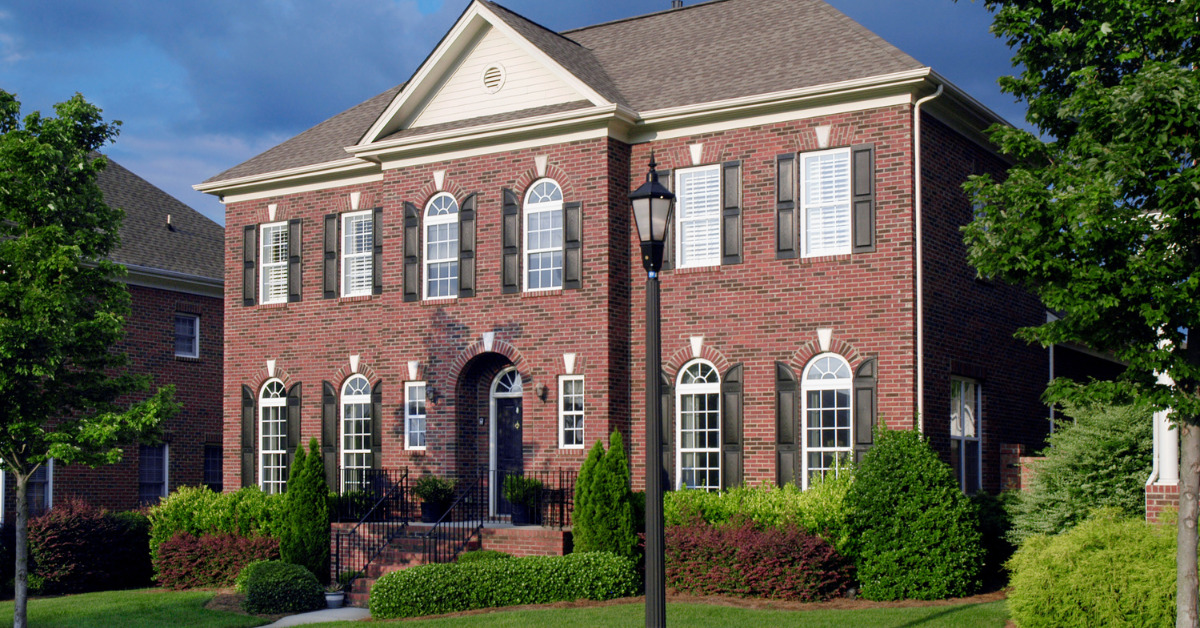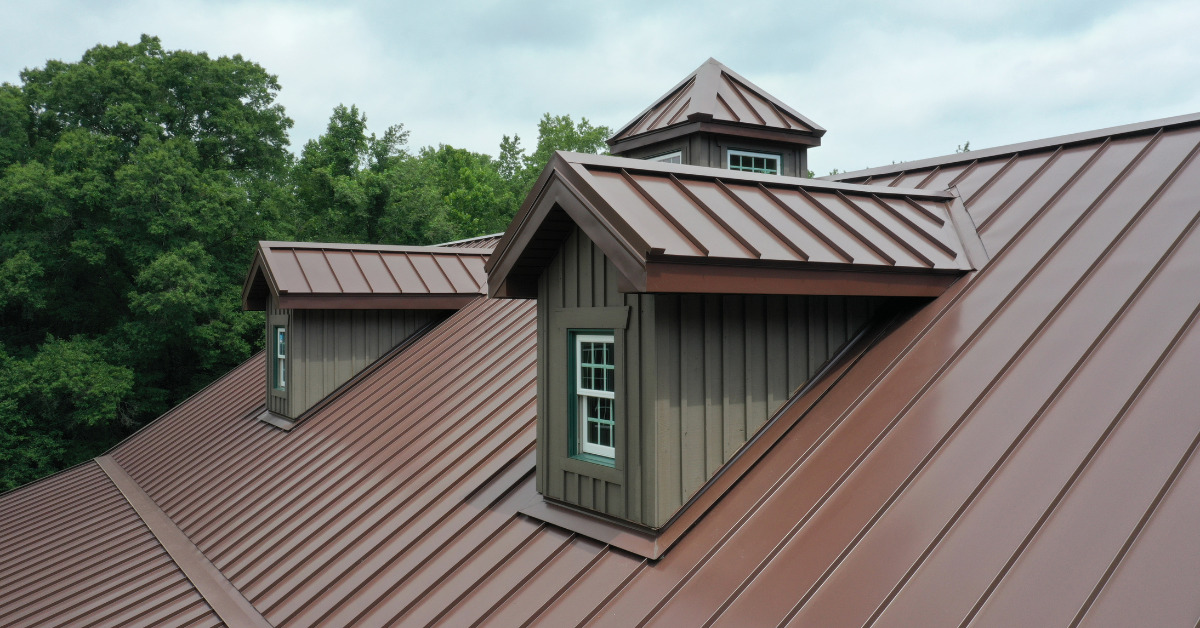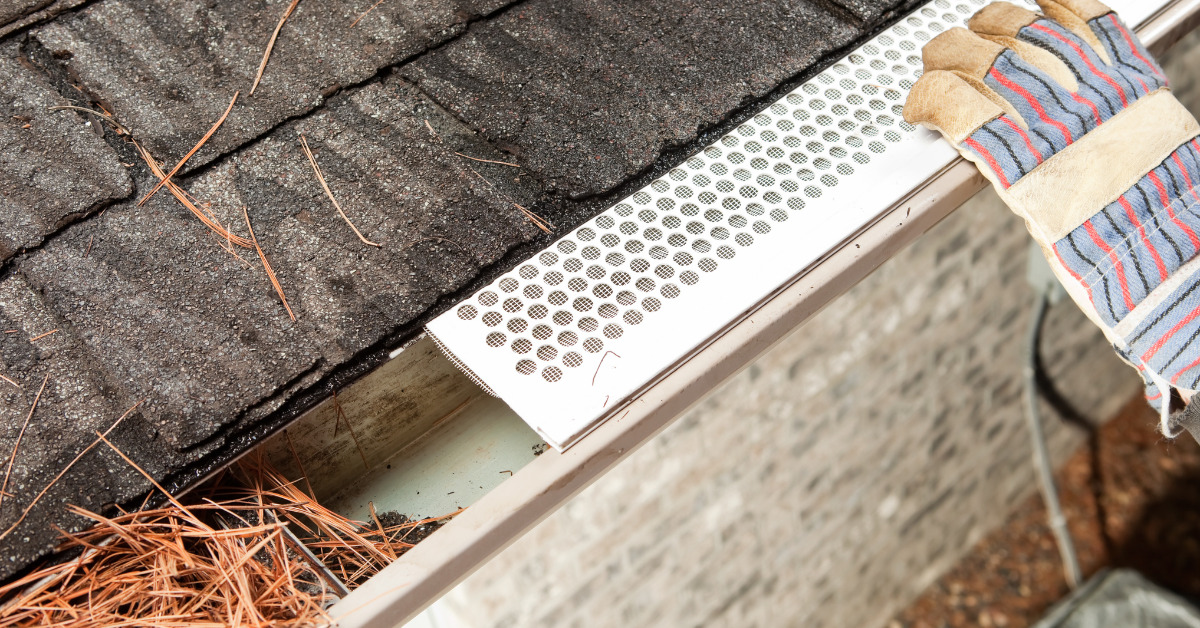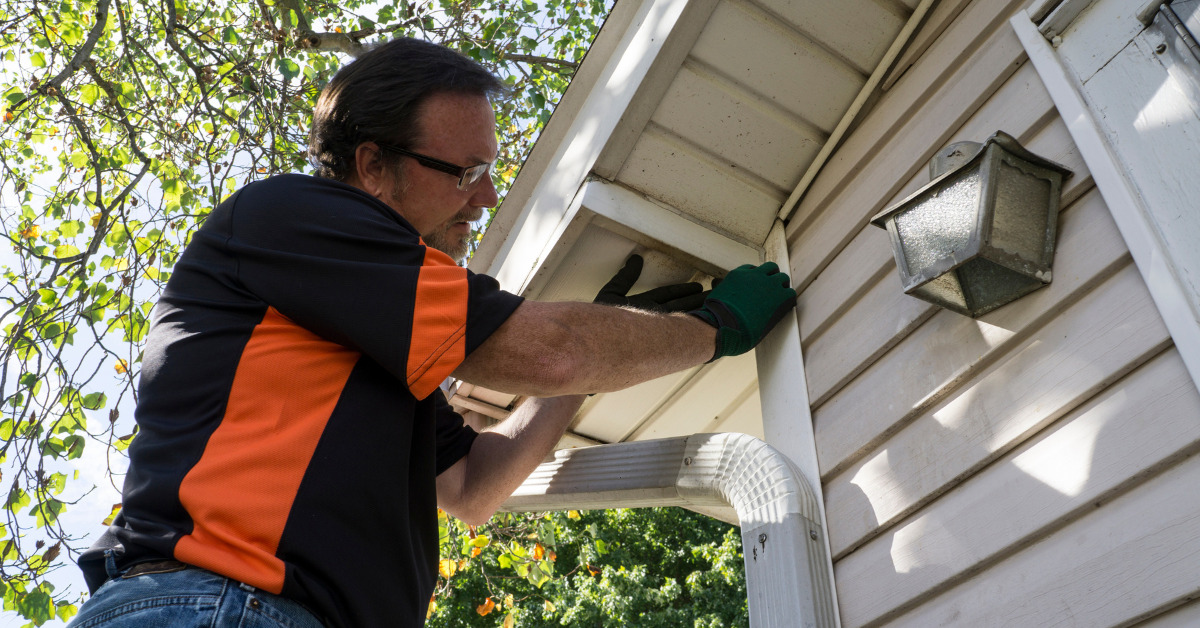The building processes are very different for solid brick and brick veneer. If you are building a new home or purchasing an existing home, solid brick construction may be a consideration. But if you’re considering a facelift or new siding on an existing home, you will be talking about brick veneer. Both uses of brick have their pros and cons. It just depends on what is most important to you.
What is solid brick construction?
There are many solid brick homes in the Philadelphia region. Also called solid masonry, double brick, or brick and block, solid brick building consists of two layers called wythes. The outer layer is, of course, brick. The inner layer could also be brick, but since it’s not visible, it’s more common to use concrete or cinder blocks. When constructing a solid brick building, every few layers some bricks are laid sideways, straddling across the two wythes, in order to keep them together. This is called the course header.
Solid brick construction has been around for hundreds of years, though the actual construction methods have changed over time. In solid brick construction, the brick (or brick/block combo) is what holds the house up.
What is brick veneer?
Notice it’s not “brick veneer construction” because with veneer, the building is constructed with a normal wood or steel frame. The veneer is an exterior treatment, like siding, but it is installed differently.
Brick veneer is true brick, not a skinny fake slab or little pieces stuck onto the house. It’s essentially just the outer wythe of the solid brick. However, it is installed with a cavity separating it from the framing and sheathing, and often with a layer of moisture barrier on the sheathing. Brick veneer also requires weep holes to allow moisture to drain.
Telling them apart
If you’re looking at an existing home with brick and you’re wondering if it’s solid or veneer, look for the tell-tale row that has some short bricks that look about half the width. This is the course header, keeping the interior and exterior wythes together. If the whole house is constructed like this, it’s probably solid brick.
If you see weep holes in the brick, or if the front of the house is brick and the rest of the house is siding or stucco, you are looking at brick veneer.
Pros and Cons of solid brick
Solid brick will last for hundreds of years. It’s essentially pest-free (no issues with termites or other nasties) and does not decay as wood construction can. Bricks do not break down for a long, long time if they are kept clean and free of plant growth. Solid brick is low maintenance and completely fireproof. It is also very eco-friendly since it does not require the use of wood.
However, solid brick is extremely expensive, both due to the quantity of materials and the labor. And it is a poor insulator because it is highly porous. With no barrier between you and the outside except porous brick, the house can be chilly without a layer of insulation behind the interior walls.
Pros and Cons of brick veneer
Brick veneer is significantly less expensive than solid brick and practically indistinguishable in appearance. Because of the air pocket behind the single layer, veneer is much more insulating than solid brick. It can also be added to an already existing wood-framed home if you want to change the look of your exterior.
Brick veneer, however, is not as maintenance-free. You will have to keep the weep holes clear of debris to avoid moisture buildup behind the wall, which can lead to mold or rot. It is not fireproof because of the wood, and it is not as long-lasting because the single layer, which has essentially no support behind it, is more likely to crack over time.
Common issues with either
Whichever brick you have, you need to keep it free of plant growth. Although ivy growing on the side of a brick home looks very aesthetic (and from this image the “ivy league” colleges got their name) it is devastating to brick and mortar. Get it off as soon as possible because the little roots dig into the bricks and mortar and tear them apart.
Mold, moss, and mildew can also grow on brick, especially near the base and on brick veneer if the weep holes become clogged. Just as with ivy, it’s imperative to remove these growing things.
Water can creep up your brick or brick veneer walls – more so on brick veneer. This is common where rainwater pounds the ground and splashes up on your brick wall. Because brick is absorbent, moisture creeps up the wall. You can see how high up it has traveled by the whitish layer, like a bathtub ring of crystalline salts left behind.
Brick upkeep and repair
Homeowners should power wash their brick homes at least once a year. If you have an area that gets significant splash-back from rain, clean that area more often. If plants, mold, mildew, or moss are within reach of a low ladder, you can scrub with a mold and mildew cleaner.
For bigger jobs or for repair of mortar or brick, we encourage you to leave the job to experts. Please don’t try to get up on a high ladder to clean your bricks or other siding. We have special ladders and the right tools to accomplish the job safely. We also have skilled masons who can repair and replace damaged bricks and mortar to save your wall and lengthen the life of your home.
At M&K Renovations, we have over 40 years of experience in the construction and remodeling industry and service Philadelphia and surrounding areas. Call us today at our Main Line office, (610) 353-2895, to arrange a consultation. Whether you need your existing brick repaired or you’re considering changing the look of your exterior with brick, we have the expertise to serve you.










